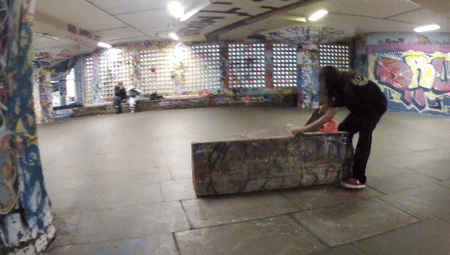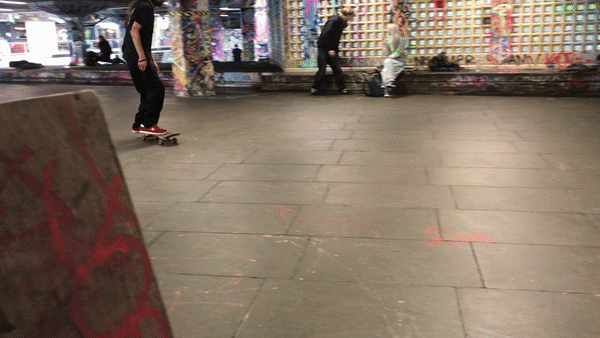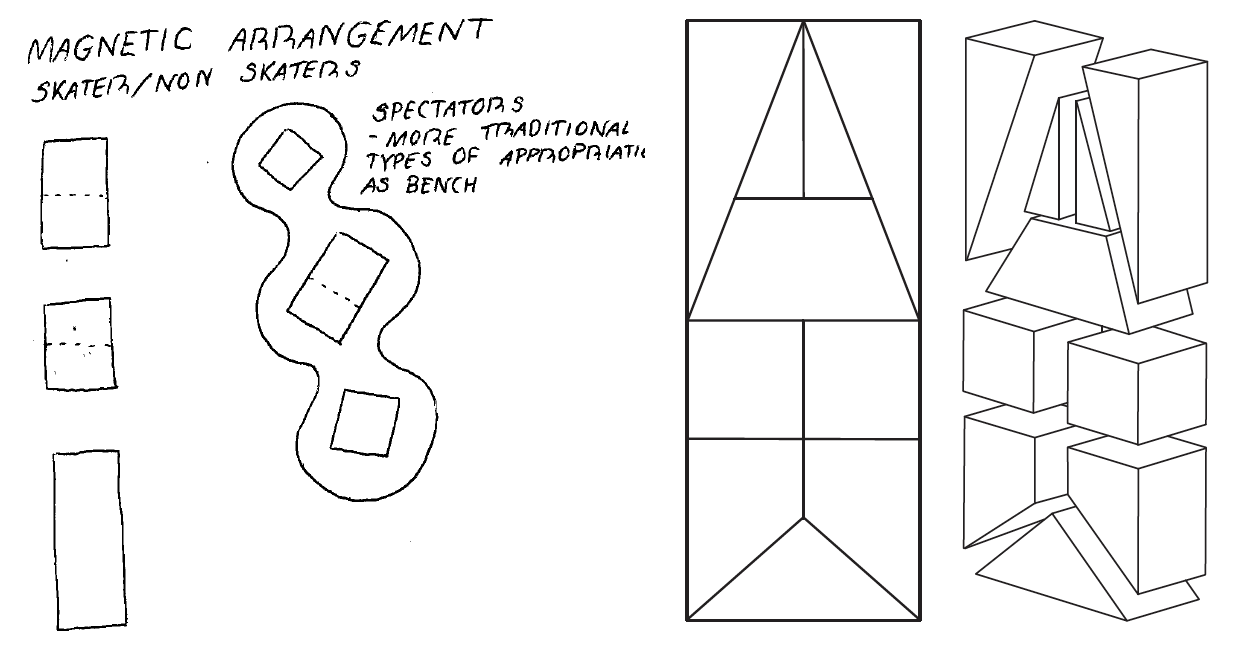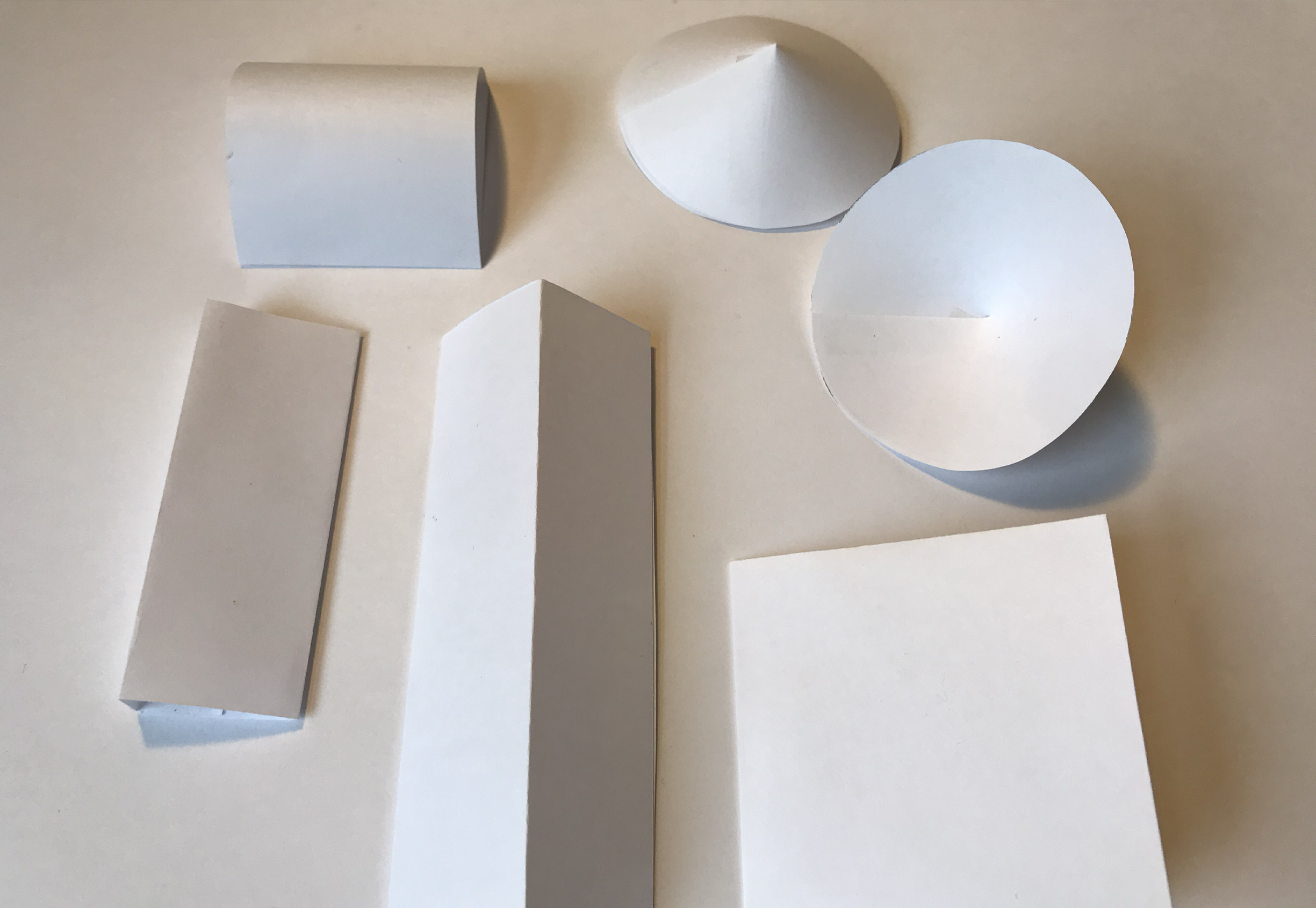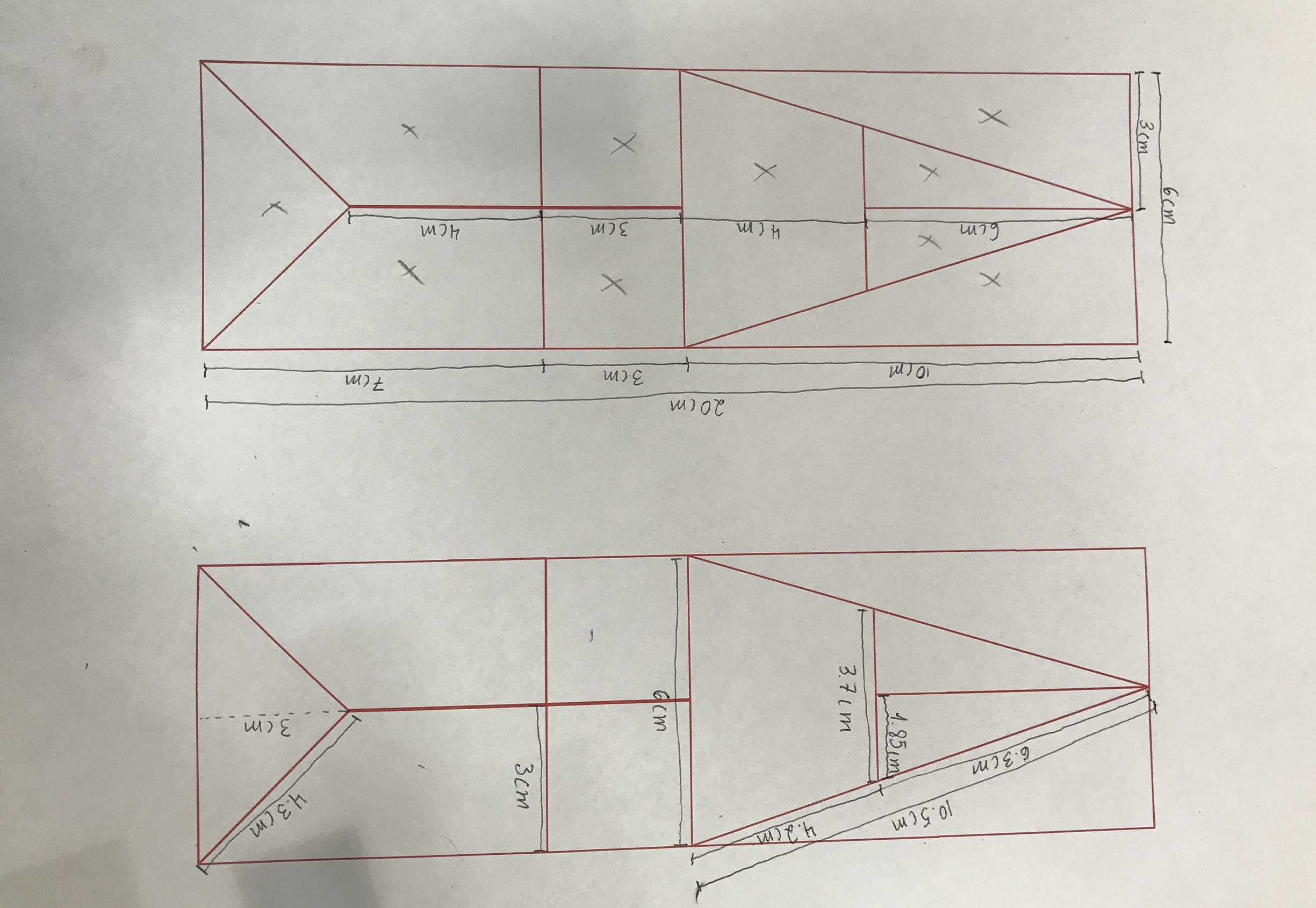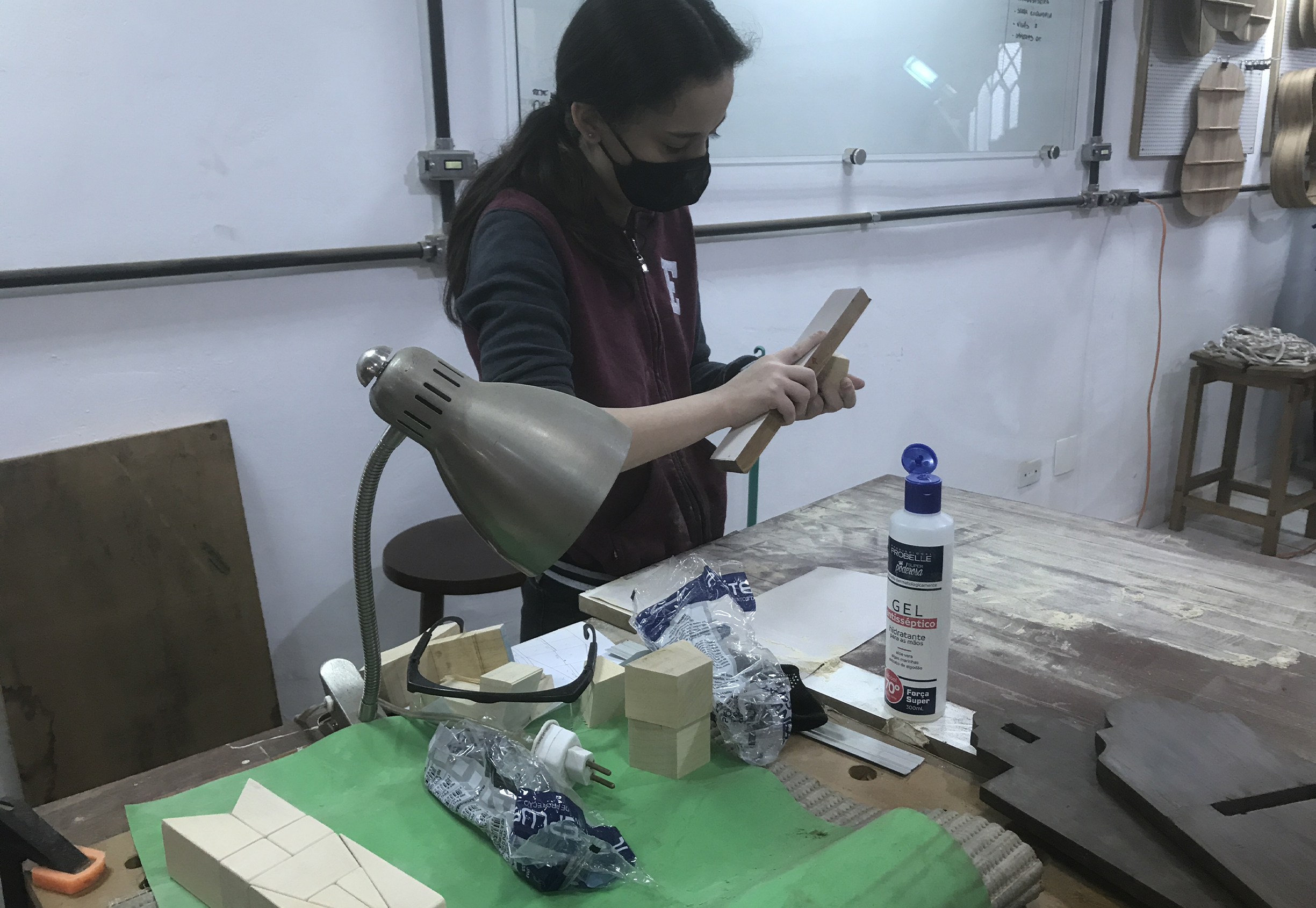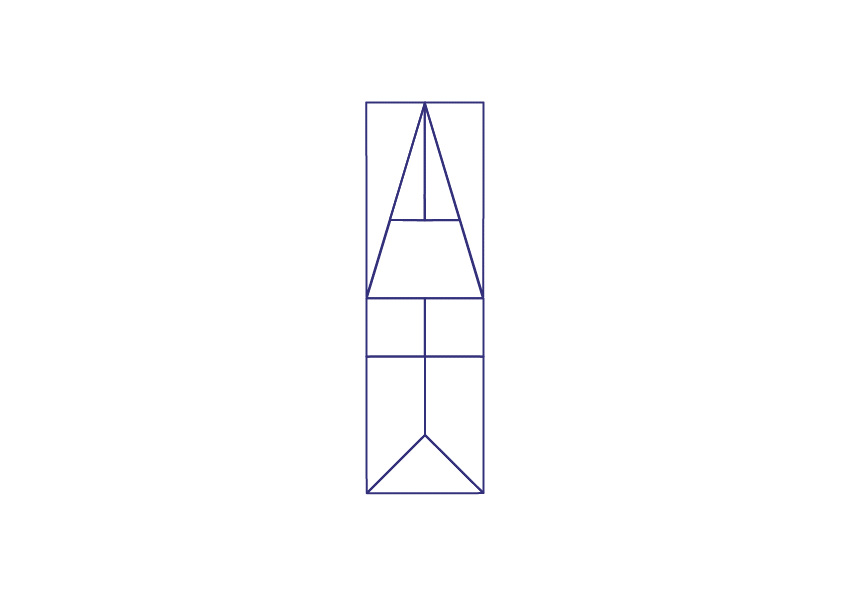Skate Bauspiel
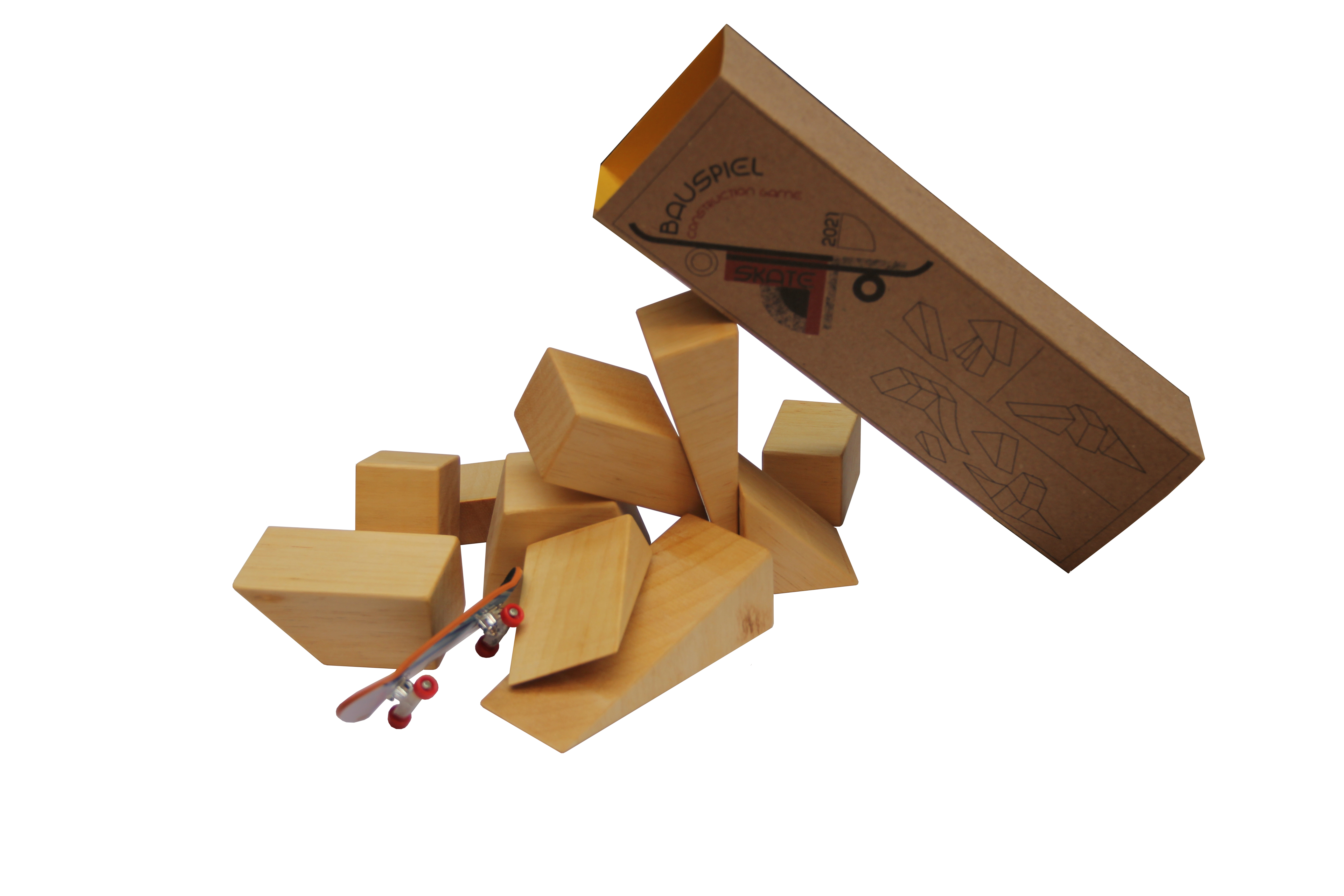

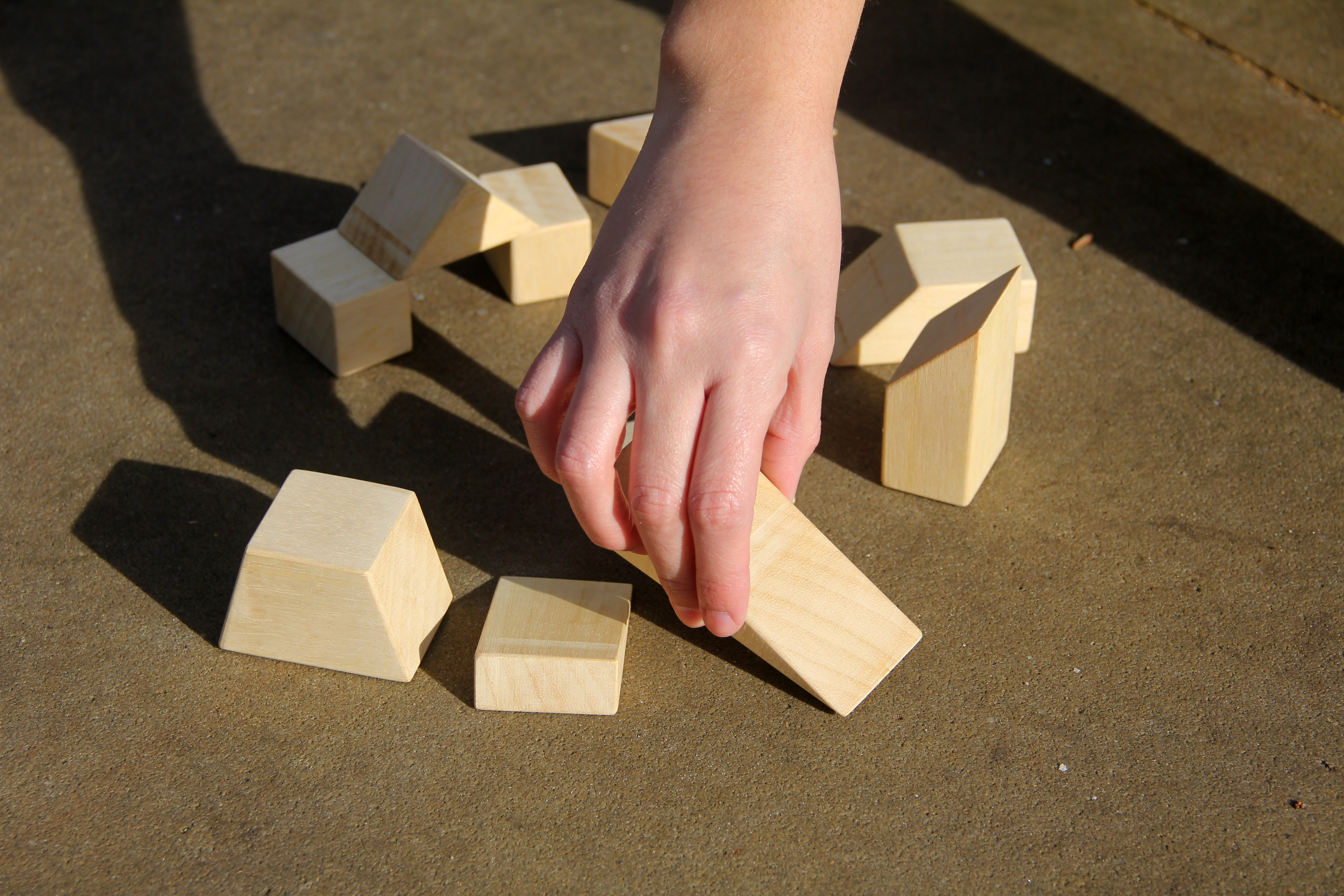

The city is a place of dichotomy: movement is what breathes life into it, but on the same hand, the city actively denies certain types of expressions. Much of the spaces we interact with become static in the way they are categorized, parks for play, centers for work. At Southbank Skatepark, skaters would move obstacles around to orchestrate their tricks. The motion of objects provided an ever-changing environment within the space, which was shaped according to the skater’s will.
Taking the idea that most cities are designed against play literally, the Bauspiel blocks would extract the motility of the skatepark and apply it to the city, creating obstacles of the everyday. The aim of Skaters’ Bauspiel is to shake spatial order and awareness. The blocks are a catalyst of movement and entropy, making the city burst with heat, feverish for control and order. What for some might be a ramp, others can interpret it as a bench or table. Made out of wood, these objects are movable, rethinking the city as a space produced and built by people, and breaking the performance and rhythms of their habits. Much of routine relies on automation and consistency, while the placement of an alien structure makes people have an active interaction with the environment, even if it means dodging them. This project was idealized after I spent an afternoon at Southbank Skatepark. I exchange some ideas with skaters Joseph from Skate School London, Ash from Ash Skates, artist Pierre Descamps, architect Iain Borden and luthier Fernando Rodrigues. All were essential for the thought process and the making of the models.
The city is a place of dichotomy: movement is what breathes life into it, but on the same hand, the city actively denies certain types of expressions. Much of the spaces we interact with become static in the way they are categorized, parks for play, centers for work. At Southbank Skatepark, skaters would move obstacles around to orchestrate their tricks. The motion of objects provided an ever-changing environment within the space, which was shaped according to the skater’s will.
Taking the idea that most cities are designed against play literally, the Bauspiel blocks would extract the motility of the skatepark and apply it to the city, creating obstacles of the everyday. The aim of Skaters’ Bauspiel is to shake spatial order and awareness. The blocks are a catalyst of movement and entropy, making the city burst with heat, feverish for control and order. What for some might be a ramp, others can interpret it as a bench or table. Made out of wood, these objects are movable, rethinking the city as a space produced and built by people, and breaking the performance and rhythms of their habits. Much of routine relies on automation and consistency, while the placement of an alien structure makes people have an active interaction with the environment, even if it means dodging them. This project was idealized after I spent an afternoon at Southbank Skatepark. I exchange some ideas with skaters Joseph from Skate School London, Ash from Ash Skates, artist Pierre Descamps, architect Iain Borden and luthier Fernando Rodrigues. All were essential for the thought process and the making of the models.
